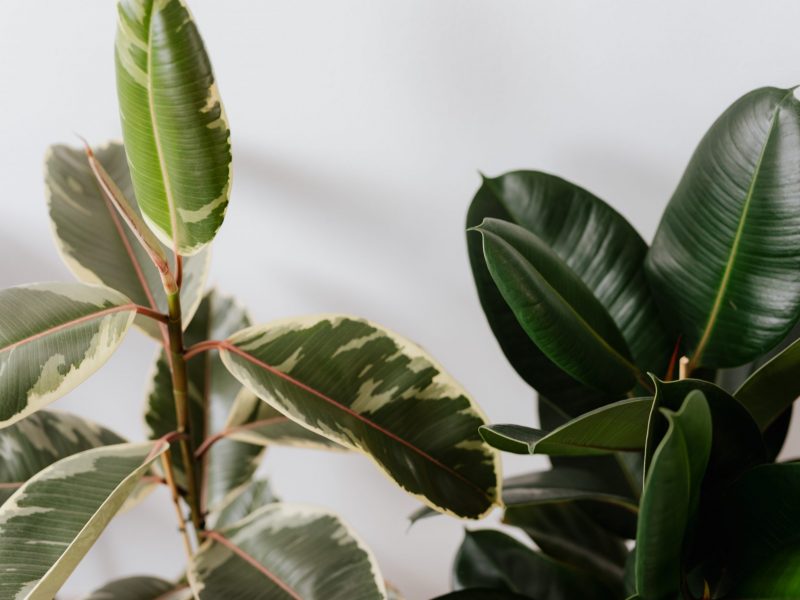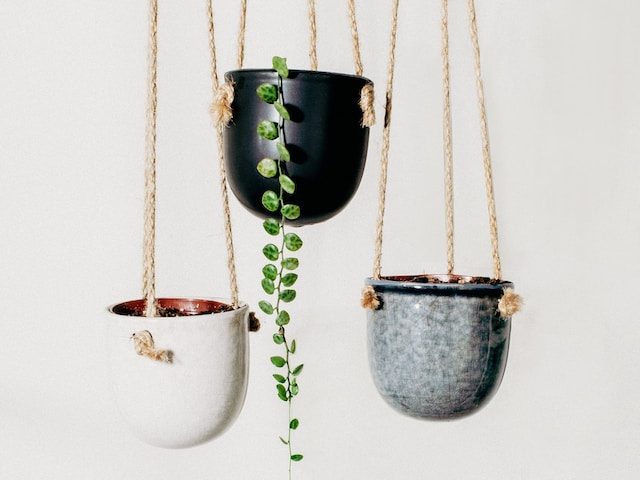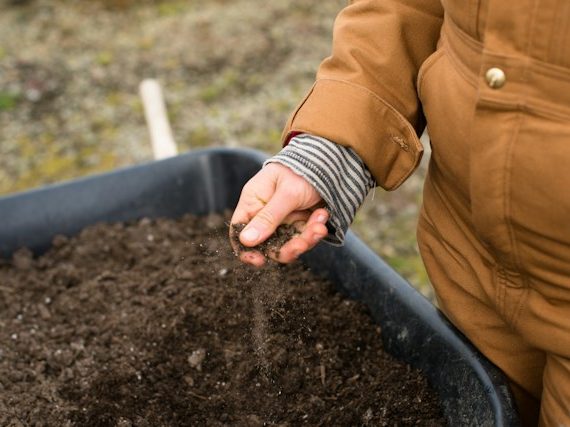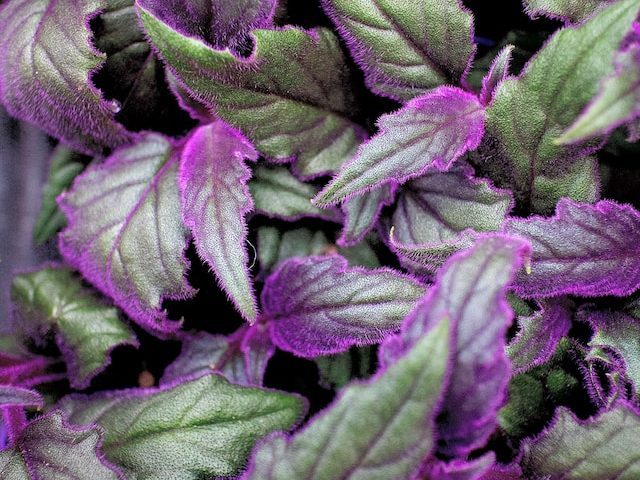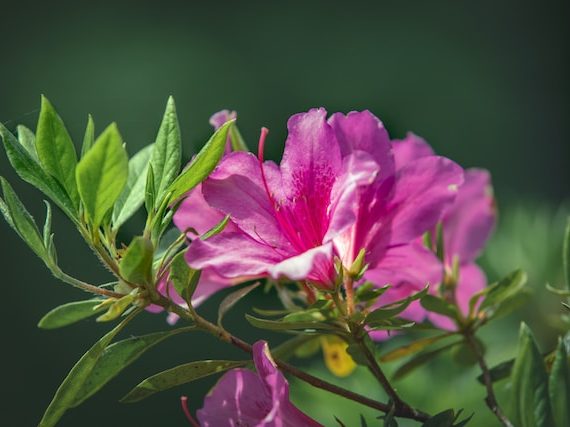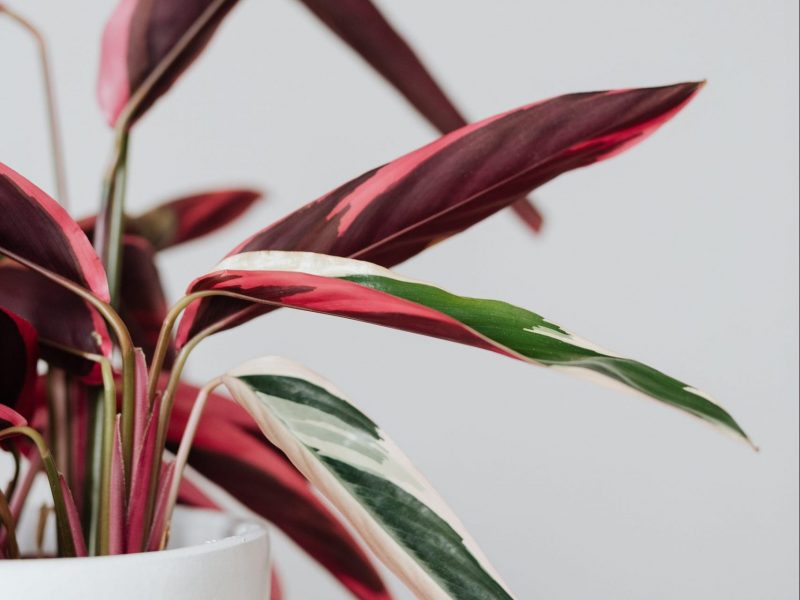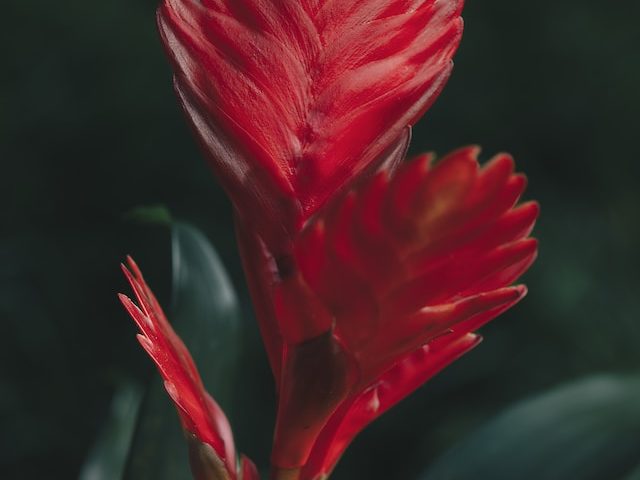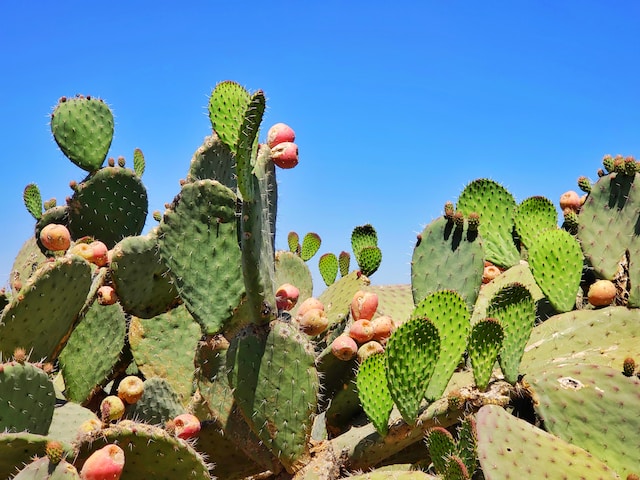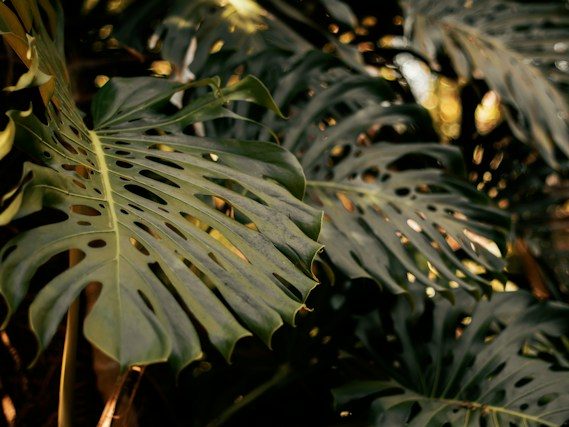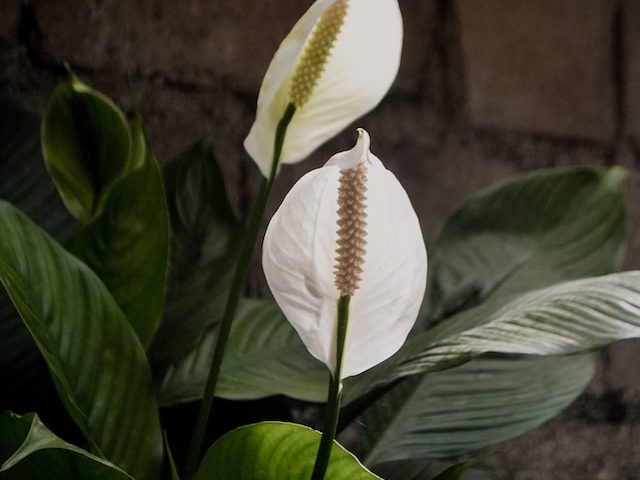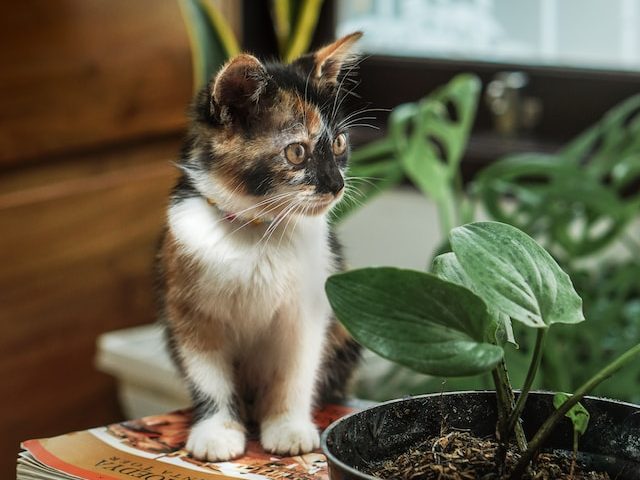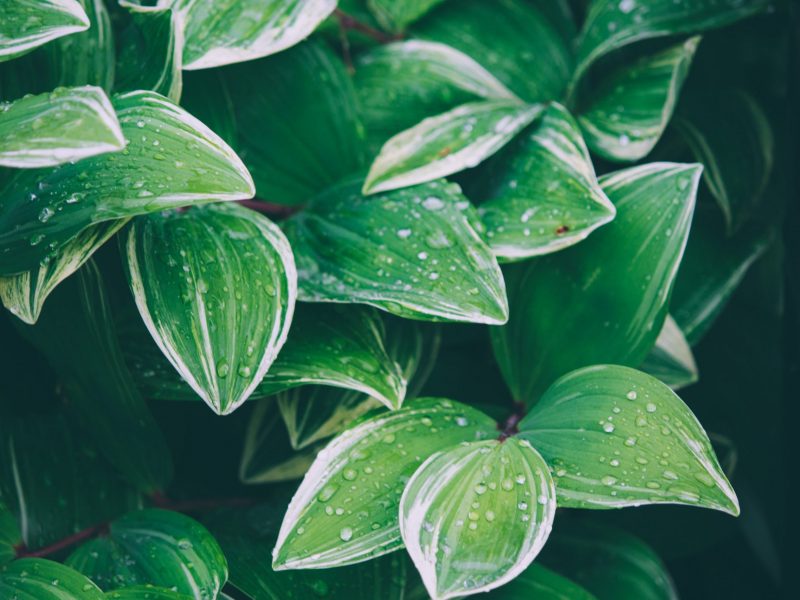
Rubber Plants are one of the less sensitive houseplant types as they can adapt to a range of environments. This makes them a great beginner houseplant or perfect for those with a hectic schedule who don’t want to spend much time tending to their plants. However, just because they are slightly more adaptable compared to other houseplant types doesn’t mean you won’t run into issues such as brown leaves from time to time.
The challenging thing with diagnosing and treating brown leaves on a Rubber Plant is that multiple different and totally separate factors can cause them. This is why it’s crucial that you know what signs to look out for and how to diagnose each individual potential cause.
The main causes for brown leaves on Rubber Plants are over- and underwatering, insufficient light and pests. For each of these potential causes, there are a few things you need to look for or do to make the right diagnosis. We will cover all this and more below!
What causes Brown Leaves on a Rubber Plant
Overwatering is a common cause
If the bottom leaves of your Rubber Plant are turning yellow or brown, are drooping or are becoming a little mushy, these are all signs that you are overwatering. This is actually one of the most common causes when it comes to brown leaves on a Rubber Plant so this is always where we would start looking.
Overwatering is one of the main killers of Rubber Plant as the impact can be quite quick. Rubber Plants absolutely hate sitting in water as this can easily lead to root rot meaning the plant becomes unstable and also cannot get needed nutrients from its root system.
Diagnosing overwatering can be quite simple compared to some of the other factors. Firstly, get up close to your plant as waterlogged soggy soil tends to give off quite an unpleasant damp and musty smell. This is the first sign that overwatering is happening.
Then the next step is to check the soil moisture. There are quite a few different methods you can use to do this so it’s just personal preference whether you want to use a moisture meter, the chopstick method, the lifting method or removing the plant from its pot altogether. The last option has the added benefit of being able to inspect the root system which can be helpful to spot root rot.
Underwatering can cause light brown leaves
If your Rubber Plant’s leaves have become quite light brown in colour, dry and crispy (starting from the tips) it may be because you have underwatered them. This is different to overwatering which will often cause softer dark brown and yellow foliage.
Although overwatering is to be avoided at all costs, too little water can also cause harm to your Rubber Plant so it is important to keep an eye on how dry the soil is. Make sure to regularly water your plant, so that it’s not completely dry for long periods of time.
Luckily underwatering won’t instantly kill your Rubber Plant and it is a slower issue to develop compared to overwatering. If you spot a few dry brown tips, adjusting your watering schedule should solve the problem pretty quickly. If entire leaves have turned brown, then it might take a little bit more time to fully revive your plant but don’t give up on it!
Brown leaves can also indicate low light levels
Rubber Plants like bright, indirect light and if they spend too long in a shady spot, they may start to develop brown areas on their leaves. Make sure you place them somewhere they receive several hours of bright light. They shouldn’t be directly next to a window, as direct light will cause other issues for your Rubber Plant, so it is about finding the right balance.
You might also need to think about moving your plant around depending on the seasons to avoid brown patches occurring on the leaves. In the winter months, when the sun isn’t as strong (and out for less of the day) it might be necessary to move your plant a little closer to the window to make use of the limited sunlight as best as possible.
Pests are a worrying sign of brown Rubber Plant leaves
A slightly less common reason why your Rubber Plant’s leaves are turning brown is a pest infestation. It can happen that pests such as mealybugs, spider mites and scale insects take hold of your plant.
Pests will likely start by causing small brown spots across the leaves. This is where they are sucking at your plant, exhausting it. Eventually, the entire leaf can turn yellow or brown and fall off the plant.
Other ways to diagnose a pest infestation is if there are small white dots, white webbing or holes in the leaves. You should also use a magnifying glass to see if you can spot any visible pests. They like to hang out on the undersides of the leaves as well as around the stem joints so look closely there.
Pests are a very serious issue and one that should be spotted as early as possible. If the pest infestation has spread across your plant, then it can be quite difficult to treat (but more on that below).
How to Treat and Prevent Brown Leaves on a Rubber Plant
Treating an overwatered Rubber Plant
If you have been overwatering your plant, then replace the potting soil straight away (rather than waiting for it to naturally dry out). This will allow your plant to start the recovery process immediately and doesn’t risk causing any more damage.
You also want to cut away the rotten roots and dead leaves so that the plant focuses on regenerating healthy growth. Rotten roots will appear very dark in colour and will be soft to touch.
Once you have replaced the soil you need to adjust your watering schedule so that you are either watering less deeply or less frequently. You want to allow enough time for the soil to fully dry out between waterings.
Relocating your plant
If your plant is suffering from a lack of sunlight, then you will need to find a brighter spot for your plant. If this is happening in winter and there is no better place to put your Rubber Plant, then you can supplement the light level using an LED light. These are great for getting your plants through winter without leggy growth and are also a great investment for propagating seeds and cuttings.
Finding a brighter spot for your Rubber Plant will not only prevent brown leaves for light level reasons but it will actually increase the speed at which the potting mix dries out, which will prevent overwatering and consequent issues!
Another thing you should be considering is whether or not you need to relocate your plant throughout the year. One place might be perfect for your plant in winter but might be too bright for it in winter, or vice versa.
Treating a pest infestation
If you find pests on your Rubber Plant, the first thing to do is to remove the worst affected leaves. This will simply reduce the size of the infestation, making it a little easier to tackle.
The next step is giving the whole plant a shower. Luckily Rubber Plant have quite hardy leaves and stems so can withstand the shower better than some other more delicate plants. Make sure the shower isn’t on full pressure and you should be fine. You should also treat your plant with an organic insecticide to fight the infestation and avoid more brown leaves (and eventual plant death).
Make sure to check over your other plants in the room to see if any other plants have pests. Keep your Rubber Plant (and other infected plants) a good distance away from any of your other houseplants as you don’t want the pests to spread.
Preventing a pest infestation
Whilst rare, sometimes pests can creep onto the plants of even the most experienced plant parents. However, there are some things that you can do to help prevent them.
Firstly, pests are more common on plants that aren’t thriving. This is why keeping on top of the watering routine and environmental factors is crucial. A happy plant equals a plant more able to fight off pests.
The second thing that you must be doing is checking over your plants and isolating any that are moving indoors from outside. Pests are much more common on plants that spend some of the year outside and this is one way that they can then spread across your houseplants.
Whenever you are bringing a plant inside, isolate it for a few weeks and give regular check ups. This will allow you to spot any signs of a pest infestation and prevents it from spreading across plants before you notice.
Your questions – answered!
Should I trim away the brown leaves on my Rubber Plant?
If only the edges of the leaves have turned brown, then it can be a good idea to leave these as they aren’t all dead and can still be valuable to your Rubber Plant. However, any leaves that are fully brown and have crisped up should be removed. This will stop your plant from wasting energy trying to revive them. Instead, it allows your plant to focus all of its energy on new healthy growth.
When removing the leaves, make sure to trim them off using sharp tools. Never rip or pull the leaves off by hand as this can damage the stems and other parts of the plant that might be otherwise healthy.
Do brown leaves mean my Rubber Plant is dying?
More often than not, brown leaves on your Rubber Plant are a sign that your plant is starting to die. This can be caused by a whole range of issues that this article discusses. It’s important to act as quickly as possible to find out what is causing your Rubber Plant to develop brown leaves as the sooner you start fixing the issue, the more chance you have at bringing your plant back to full health.
What does an overwatered Rubber Plant look like?
If you accidentally overwater your Rubber Plant then it can start to develop brown leaves. You’ll also notice that the plant starts to feel quite soft and limp compared to normal. This is because the root system has started to rot in the waterlogged soil.
Can brown leaves turn green again?
Unfortunately, once the leaves on your Rubber Plant have turned brown, there is no reversing this as that part of the leaf has died. Instead, remove any leaves that are entirely or mostly brown.
How do I stop my Rubber Plant from turning brown?
The key to preventing your Rubber Plant from developing brown leaves is to make sure that it is growing in the ideal environment. You need to make sure that environmental factors such as sunlight, warmth and humidity are right for your plant, as well as balancing watering so that your plant is getting what it needs.
The great thing about Rubber Plants is that they aren’t super sensitive to their environment and can adapt quite well to changes or extremes. This means if there is something wrong with it (such as brown leaves), it tends to be because of one of a few possible reasons which makes the diagnosing process a lot simpler.
Watering is the most common issue with Rubber Plants so we suggest starting there as soon as you spot any brown patches or other issues on your plant. Moving forward, make sure to be giving your plant a thorough check-up about every 4-6 weeks. This will allow you to spot any early warning signs and prevent the issue from progressing any further.
Check out our Rubber Plant care guide for more information on how to best care for your plant and avoid more brown leaves.



